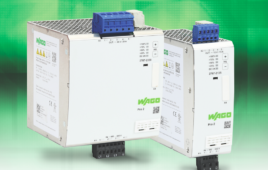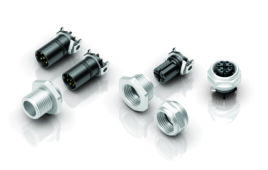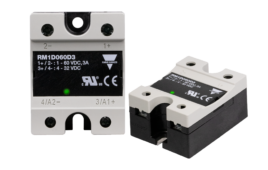As electrical and electronic designs shrink in size, thermal control gains in importance. The OptoCooler UPF40 thin-film thermoelectric cooler module is one way to manage those optoelectronic applications with high heat-flux requirements.

The module cools and controls the temperature of optoelectronic devices such as semiconductor optical amplifiers (SOA) and laser diodes. It can pump a heat density of up to 72 W/cm2 at 25‚°C, and as a result, it can move a maximum of 3.7 W of heat with an active footprint of only 5.1 mm2.
With thin-film thermal bump technology at its core, the cooler can be integrated directly into electronic packaging to deliver cooling for a variety of thermal management applications. For example, the module can be embedded in a SOA package to maintain proper operating conditions. SOAs are used in telecommunications systems to restore degraded optical signals to their original quality without converting them into electronic signals. SOAs are key components for the future success of high-speed photonic networks.
The cooler can also be used for a number of optoelectronic applications including high-bright LEDs, laser diodes, VCSELs, and detectors. It operates with heat fluxes that are four to five times greater than conventional thermoelectric coolers.
The Thermal Copper Pillar Bump process is an established electronic packaging approach that scales well into large arrays. The process integrates thin-film thermoelectric material into the solder bumped interconnects that provide mechanical and electrical connections for today‚’s integrated circuits. Unlike conventional solder bumps, thermal bumps function as solid-state heat pumps on a micro-scale. The stack-up of a thermal bump, including the thin-film material, solder and electrical traces, is only 100 ‚µm high with a diameter of 238 ‚µm. The thermal bumping process can be implemented at the package or wafer-level.
Nextreme Thermal Solutions‚â„¢, Inc.
www.nextreme.com
::Design World::
Filed Under: Semiconductor manufacture, ELECTRONICS • ELECTRICAL





Tell Us What You Think!